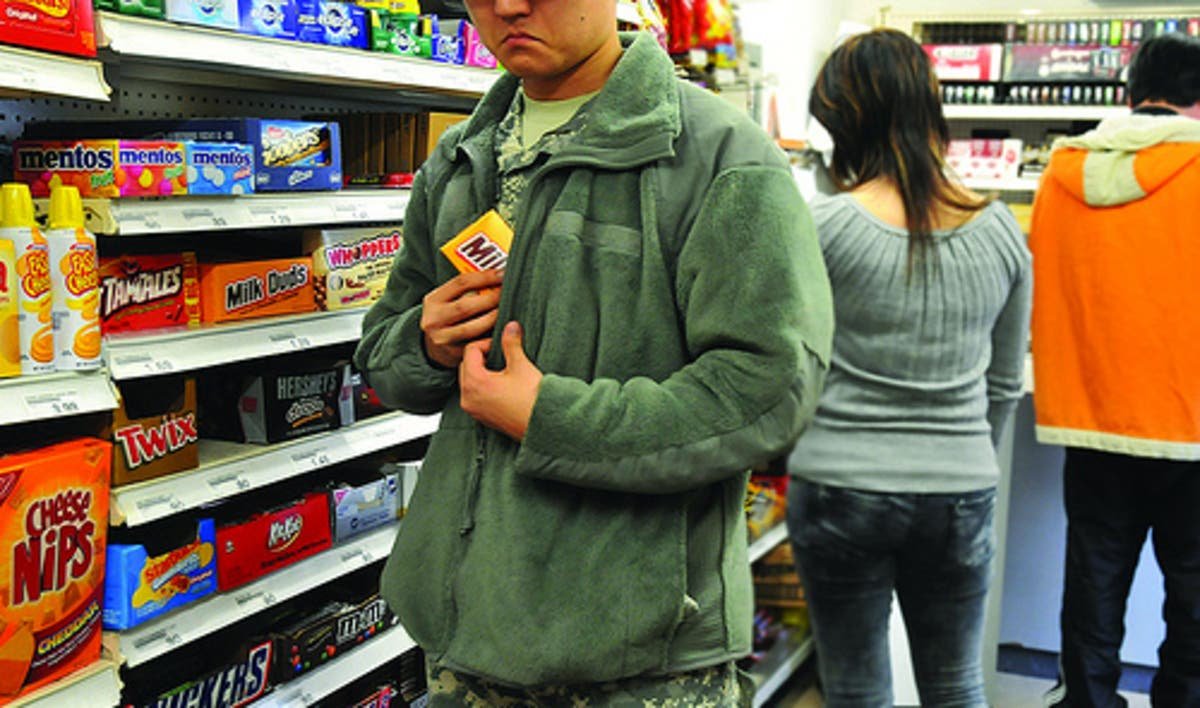In response to the significant challenges posed by retail crime and an increase in shoplifting incidents, the UK government has taken decisive action. Gov UK states, “Serial or abusive shoplifters will face tougher punishments”, indicating a comprehensive approach to curbing retail crime.
This includes making “Assaulting a retail worker a standalone criminal offence,” which underscores the government’s dedication to protecting retail workers and business environments.
Government Introducing New Measures, But Is It Enough?
- £4 million will be spent on mobile facial recognition units to identify wanted individuals, including repeat shoplifters, in crowded areas.
- The investment follows the development of Project Pegasus, where major retailers like Marks & Spencer, Boots, and Primark run their CCTV footage through police databases using facial recognition.
- A new criminal offense of assaulting a retail worker, punishable by up to 6 months in prison and an unlimited fine, will be introduced.
Concerns & Criticism Over New Shoplifting Measures
- Civil liberties groups argue that the use of facial recognition technology for mass surveillance is an “abysmal waste of public money” and an “Orwellian” measure.
- There are concerns about the potential for misidentification and the erosion of privacy rights.
The Impact on Business Owners & Employees
The rise in shoplifting has placed a considerable strain on business owners and their staff. Not only does it lead to financial losses, but it also creates an environment of fear and anxiety, undermining the safety of employees and customers alike.
Businesses are forced to allocate resources to security measures, which can be substantial, especially for small enterprises. The emotional toll on employees, who are on the front lines, cannot be understated.
Incidents of verbal and physical abuse have escalated, making the call for enhanced legal protection and security measures more urgent than ever.

How Can You Protect Your Business?
Security Measures & Legal Compliance
Business owners are encouraged to take a proactive stance in securing their premises. This includes investing in advanced security systems, which might entail surveillance cameras, alarm systems, and access control technologies.
Facial recognition technology, backed by the government’s £55.5m investment, can significantly deter shoplifters and assist in identifying repeat offenders.
Training staff on security protocols and how to handle theft incidents is equally important. Employees should know how to safely respond to shoplifting and aggressive behavior, ensuring their safety and that of the customers.
Working with Law Enforcement
Fostering a strong relationship with local law enforcement and participating in community policing initiatives can amplify the effectiveness of your security measures. In the event of a shoplifting incident, it’s crucial to report the crime promptly and provide comprehensive evidence to the police.
This includes clear surveillance footage, eyewitness accounts, and detailed incident reports. Keeping accurate records of all incidents will bolster your case and aid the police in apprehending offenders.
Shoplifting Crime Statistics
Recent crime statistics highlight the growing concern of shoplifting and retail crime. According to the British Retail Consortium, retail crime has significantly increased. The National Association of Shoplifting Prevention shared some interesting statistics.
- Shoplifting is often an impulsive act rather than a premeditated crime. According to statistics, 73 percent of adult shoplifters and 72 percent of juvenile shoplifters do not plan to steal in advance.
- It is a crime driven by opportunity and compulsion. Alarmingly, shoplifting is a widespread issue, with approximately 27 million shoplifters in the United States, which translates to 1 in 11 people.
- Over the past five years, more than 10 million individuals have been caught shoplifting, highlighting the severity of the problem.
- While shoplifting is commonly associated with juveniles, adults make up a significant portion of offenders. Approximately 25 percent of shoplifters are kids, while 75 percent are adults.
- Interestingly, 55 percent of adult shoplifters admit to starting this behavior during their teenage years, suggesting a potential pattern that may carry on into adulthood.
- For habitual shoplifters, the act becomes a frequent occurrence, with an average of 1.6 incidents per week.
- Breaking the cycle of shoplifting can be challenging, as 57 percent of adults and 33 percent of juveniles find it difficult to stop even after being caught, indicating a strong compulsion or addiction.
While large retail chains have the financial resources to invest in security measures such as cameras and guards, small businesses may struggle to justify the costs associated with loss prevention.
Are These Measures Enough?
The introduction of stricter shoplifting laws in the UK is a critical step towards protecting business owners, employees, and customers. However, legal measures alone are not sufficient. Businesses must adopt comprehensive security strategies, invest in technology, and engage in community policing efforts.
It is crucial to recognise that shoplifting thrives on opportunity. By failing to implement appropriate security measures, businesses inadvertently make it easier for shoplifters to commit theft.
Education and training for staff on how to deal with theft and aggressive behavior are paramount to creating a safe shopping environment. By taking these steps, business owners can mitigate the impact of shoplifting and contribute to a safer community for all.
